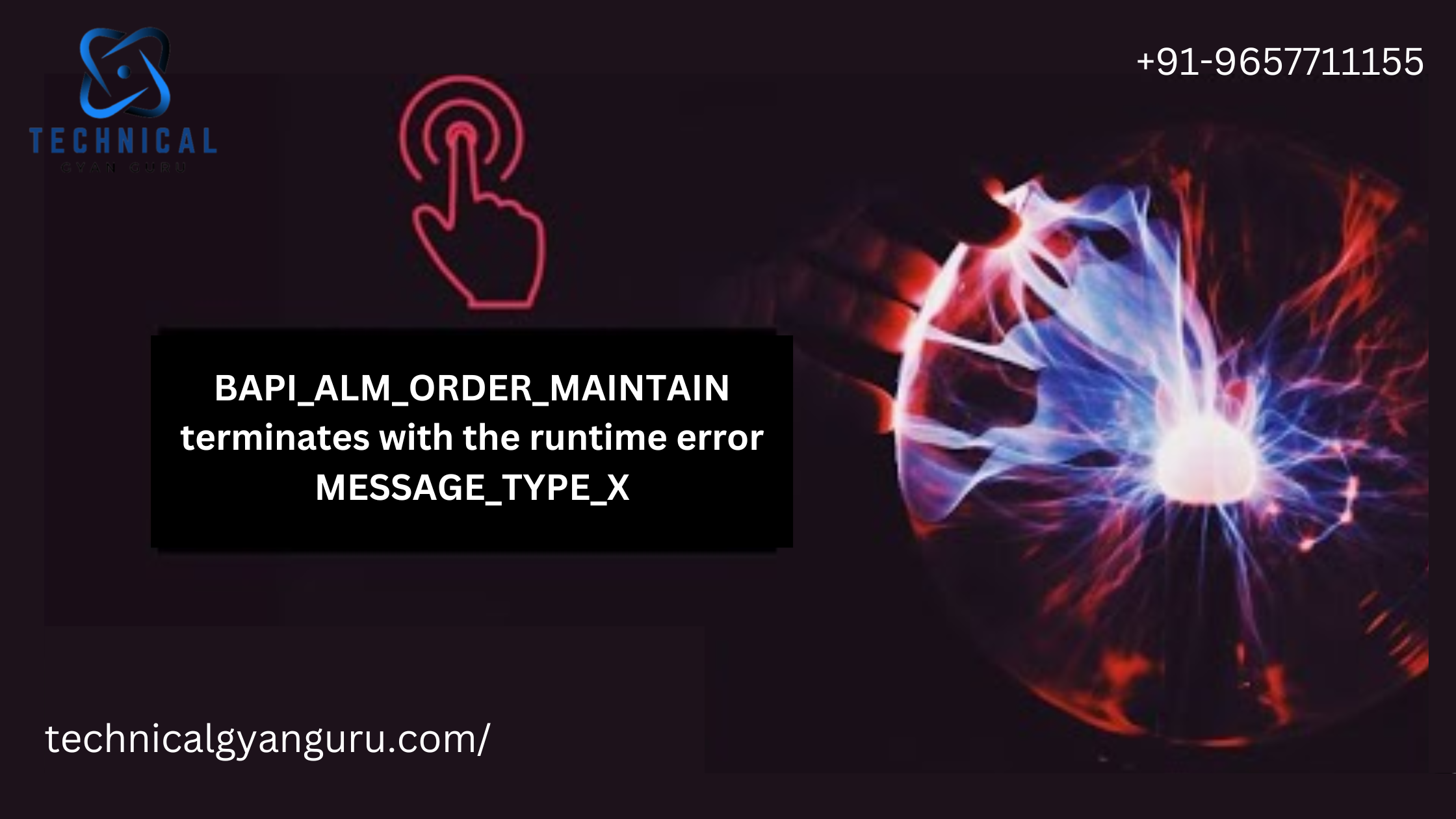Is your SAP Fiori app lagging? Discover powerful tips & tricks to optimize performance, enhance user experience, and unlock Fiori’s full potential!
Is your SAP Fiori experience leaving you frustrated and fuming instead of feeling fleet and efficient? Don’t let sluggish apps stifle your productivity and dampen your team’s morale! In today’s fast-paced business world, peak performance from your applications is mission-critical. That’s where optimizing your SAP Fiori comes in, transforming your user experience from lagging and lethargic to lightning-fast and responsive. This comprehensive guide equips you with proven strategies and actionable tips to turbocharge your SAP Fiori, unlocking its full potential and unleashing a wave of user satisfaction within your organization. So, buckle up, ditch the lag, and get ready to experience the true power of optimized SAP Fiori!
Understanding SAP Fiori Performance Bottlenecks
Before we unleash our optimization toolbox, let’s shed light on the sneaky suspects behind sluggish SAP Fiori apps. Identifying these bottlenecks is crucial for targeting your efforts effectively and ensuring your optimization journey yields maximum impact.
Network Gremlins:
Imagine your data struggling to traverse a congested highway – that’s what happens with limited network bandwidth or high latency. Ensure sufficient bandwidth to accommodate peak usage and consider leveraging Content Delivery Networks (CDNs) to bring content closer to users for faster delivery. Remember, even a robust app can’t outrun a sluggish network!
Server Strain:
Picture your server overloaded with requests, gasping for breath. Complex calculations, inefficient database queries, and excessive data transfer can quickly overwhelm your server. Streamlining server-side logic, optimizing database access, and utilizing caching mechanisms can significantly alleviate this burden, allowing your server to process requests with newfound agility.
UI Overload:
Think of your app’s interface as a cluttered desk – too many elements can slow things down. Overly complex UI designs, large unoptimized images, and unnecessary animations can strain resources and hinder loading times. Prioritize essential UI elements, leverage efficient image formats, and minimize unnecessary animations to create a lean and mean UI that performs like a champion.
JavaScript Jitters:
JavaScript plays a crucial role in Fiori’s interactivity, but poorly written or unoptimized code can wreak havoc. Minifying and compressing JavaScript files, utilizing asynchronous loading, and avoiding excessive DOM manipulation are key strategies to ensure your JavaScript runs smoothly and efficiently, keeping your app responsive and snappy. sap fiori app library, sap fiori tutorial, sap fiori elements, sap fiori full form
The Hidden Culprits:
Beyond these common suspects, lurk less obvious bottlenecks like inefficient coding practices, outdated software versions, and even browser settings. Stay vigilant, monitor your app’s performance metrics, and be prepared to investigate these hidden culprits for a truly optimized experience.
Remember, identifying and understanding these bottlenecks is the first step towards a lightning-fast SAP Fiori. In the next section, we’ll delve into powerful optimization strategies that turn knowledge into action, bringing your Fiori performance to its peak!
Unleashing Speed: Optimization Strategies for a Thriving SAP Fiori
Now that we’ve identified the performance bottlenecks, let’s equip you with the tools and techniques to transform your sluggish app into a speed demon. Remember, optimization is a continuous journey, so be prepared to experiment, analyze, and refine your approach for optimal results.
Front-End Finesse:
- Code Compression: Think of your JavaScript and CSS files as overstuffed suitcases. By minifying and compressing them, you remove unnecessary characters and whitespace, significantly reducing their size and download time. Remember, smaller files travel faster!
- Caching Magic: Utilize browser caching effectively to store frequently accessed data locally on users’ devices. This eliminates the need to download the same data repeatedly, resulting in blazing-fast page loads and improved responsiveness.
- Image Optimization: Images can be beautiful, but large, unoptimized ones can drag your app down. Choose efficient image formats like WebP, resize images appropriately, and consider lazy loading to ensure your visuals don’t compromise performance.
- Asynchronous Agility: Don’t make your users wait for everything to load! Leverage asynchronous loading to fetch UI elements and data independently, allowing your app to display content progressively and feel more responsive, even while heavier elements load in the background.
Back-End Brawn:
- Server-Side Savvy: Streamline your server-side logic by optimizing database queries, minimizing unnecessary calculations, and utilizing efficient coding practices. Remember, a lean and efficient server is the backbone of a fast app.
- Caching Power: Caching isn’t just for the front-end! Implement caching mechanisms on your back-end server to store frequently accessed data, reducing database load and improving response times. Think of it as giving your server a handy memory to avoid redundant work.
- Database Optimization: Analyze and optimize your database queries to minimize execution time and resource usage. Consider indexing frequently used data and leveraging stored procedures for complex operations. Remember, a well-tuned database is a happy database, and a happy database leads to a happy app!
Network Nirvana:
- Bandwidth Boost: Ensure your network infrastructure can handle peak usage by investing in sufficient bandwidth. Consider upgrading your network or exploring cloud-based solutions for improved scalability and performance.
- CDN Champion: Content Delivery Networks (CDNs) distribute your app’s static content across geographically dispersed servers, bringing it closer to users worldwide. This reduces latency and improves loading times, especially for geographically distant users.
- Monitoring Marvels: Utilize network monitoring tools to identify and troubleshoot network bottlenecks. Proactive monitoring helps you nip performance issues in the bud before they impact your users.
1. What are the best practices for SAP Fiori development performance?
- Prioritize clean and efficient code: Write modular, well-documented code that adheres to best practices. Utilize UI5 libraries and avoid excessive DOM manipulation.
- Leverage Fiori guidelines and tools: Follow UI5’s performance guidelines and utilize tools like the Fiori Launchpad Analyzer to identify potential issues early in development.
- Test and profile your app: Conduct thorough performance testing and profiling throughout the development cycle to identify and address bottlenecks before deployment.
2. How can I monitor SAP Fiori app performance metrics?
- Utilize SAP tools: Leverage tools like the Performance Analysis Tool (PAF) and Fiori Launchpad Analyzer to track key performance metrics like response times, resource usage, and user behavior.
- Integrate external monitoring tools: Consider integrating third-party application performance monitoring (APM) tools for deeper insights and real-time monitoring.
- Define relevant metrics: Identify key metrics that align with your business goals and user experience objectives to focus your monitoring efforts.
3. What are the benefits of using a CDN for SAP Fiori?
- Reduced latency: CDNs store static content like images and JavaScript files closer to users, delivering them faster and reducing overall loading times.
- Improved scalability: CDNs can handle spikes in traffic more effectively than your origin server, ensuring consistent performance even during peak usage periods.
- Enhanced security: Many CDNs offer built-in security features like DDoS protection and SSL encryption, adding an extra layer of security to your app.
4. What are the limitations of SAP Fiori performance optimization?
- Legacy systems: Integrating with older, less performant systems can limit your optimization potential. Consider upgrading or modernizing these systems when feasible.
- User device limitations: User devices like older computers or slow internet connections can impact performance. Provide clear system requirements and user guidance to address these limitations.
- Continuous effort: Optimization is an ongoing process. Stay updated with new technologies and best practices, and continuously monitor and refine your approach.
5. What are some future trends in SAP Fiori performance improvement?
- AI-powered optimization: Machine learning and AI can automate performance analysis and suggest optimization strategies, making optimization more proactive and efficient.
- Serverless computing: Serverless architectures can offer improved scalability and performance by dynamically allocating resources based on demand.
- Edge computing: Processing data closer to users at the edge of the network can significantly reduce latency and improve responsiveness.
Conclusion
Your SAP Fiori journey to peak performance starts now! We’ve equipped you with a comprehensive understanding of performance bottlenecks, powerful optimization strategies, and valuable insights from frequently asked questions. Remember, optimizing Fiori is an ongoing journey, requiring continuous monitoring, experimentation, and adaptation.
Don’t let sluggish apps hinder your productivity! Embrace the front-end finesse of code compression, caching magic, and image optimization. Unleash the back-end brawn of server-side streamlining, caching power, and database optimization. Conquer network challenges with bandwidth boosts, CDN champions, and monitoring marvels.
Remember, performance optimization isn’t just about speed – it’s about empowering your users and boosting your organization’s efficiency. Leverage the PAA section to address lingering doubts and explore advanced tips. Seek expert guidance if needed, and stay updated with emerging trends like AI-powered optimization and edge computing.
Take action today! Implement the strategies outlined, monitor your progress, and continuously refine your approach. By following these steps and embracing a commitment to optimization, you’ll transform your SAP Fiori apps into powerful tools that drive user satisfaction, unlock business agility, and propel your organization forward. So, unleash the Fiori force within your applications and experience the thrill of peak performance!
you may be interested in this blog
Order Management System (OMS) in Salesforce: Streamlining Your Sales Operations








